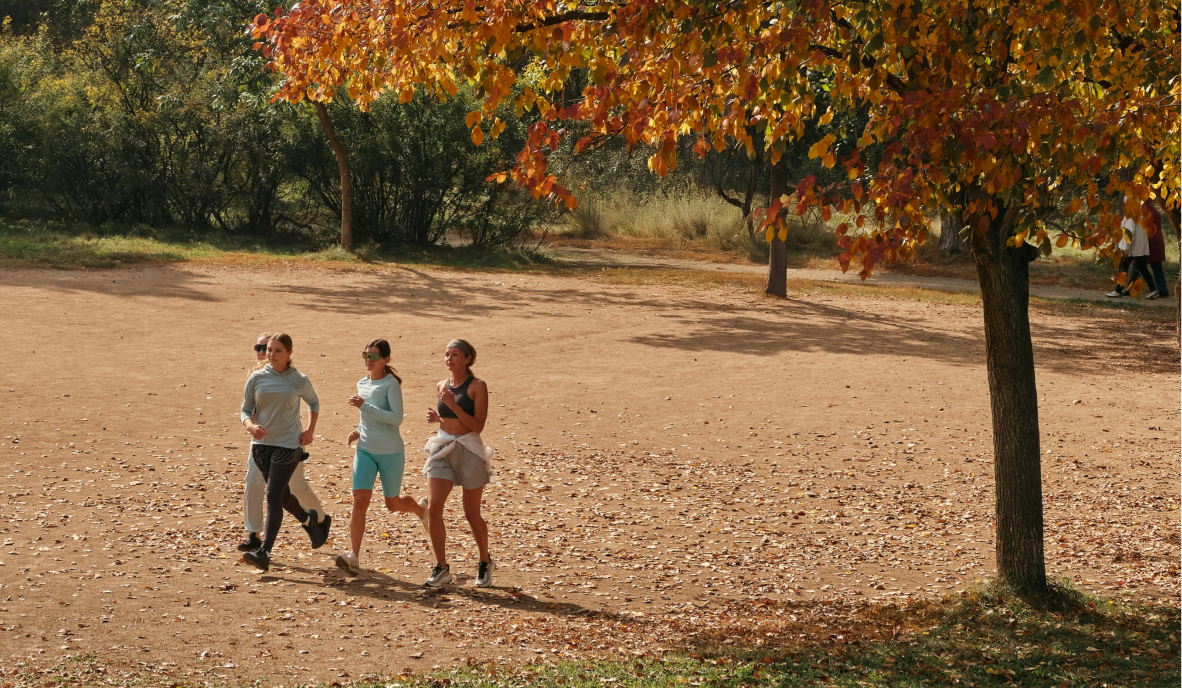The Challenges and Solutions of Public Transit Ridership in America

Join the community





Hong Kong is ranked as the top city for public transport, followed by Zurich in second place, and then Stockholm, Helsinki, Oslo, Paris, Berlin, and London. Asian and European cities dominate the top spots for public transportation and its use. U.S. cities fared worse than other countries due to their over dependence on cars.
A 2015 study analyzed the annual journeys per capita via public transport in large countries (with a population of more than 30 million). While countries like Japan, Korea, and Germany recorded 246, 238, and 177 annual journeys per capita via public transport, respectively, the U.S. recorded just 40.
But it wasn’t always like this.
What led to the collapse of public transportation in American cities?
In the early 20th century, streetcars ran throughout urban America, and cities like Boston and New York City boasted new subway lines.
Transit companies underwent changes after World War II. From 1945 to 1960, white Americans began relocating to suburban areas and owning cars. This suburbanization was facilitated by acts such as the 1956 Federal-Aid Highway Act, which established the modern interstate system.
While attempting to revive certain transit modes through the 1964 Urban Mass Transportation Act, Congress prioritized the acquisition of new buses or the construction of new rail lines rather than enhancing existing services.
Transit agencies were responsible for maintaining their services through a combination of fare revenues and contributions from state and local governments. However, due to declining fare revenues, they struggled to maintain the regularity and reliability of transit, both of which are important factors that influence commuters' choice of transportation mode.
In 1960, transit accounted for around 12% of work commutes. By 2019, this figure had decreased to 5%.
COVID has worsened the situation. In March 2020, public transit ridership plummeted by approximately 80%, and it has yet to fully recover. Weekly ridership was 180 million in March 2020, but it dipped to less than 40 million. As of October 2023, it still hasn't reached pre-pandemic levels. This dealt a severe blow to smaller transit agencies whose operating budget relies on fares.
Although Congress provided a lifeline of $69 billion, allowing these transit agencies to minimize service cuts despite having far fewer riders, the money is now running out.
How can we revive public transportation in American cities?
Transit agencies should prioritize improving service parameters such as delays experienced on board, long waits at the origin stop, missed trips caused by incorrect real-time information, overcrowding, and long waits at transfer stops. These issues have discouraged commuters from using public transit. To resolve the issues, transit agencies should not be pulled in different directions, such as implementing fare-free services, electrifying buses, or funding public safety initiatives with their own resources. It is important for state and local authorities to collaborate and provide assistance to these agencies.
American cities need to learn from their European counterparts on how to bring down their costs. According to Eric Goldywn, a professor at New York University, building a subway station in a city like Manhattan costs ten times more than it would in Sweden. This is attributed to factors such as the design of stations, outsourcing work to consultants instead of having designers and engineers on payroll, and the lack of coordination between government agencies and fragmented jurisdiction, which leads to costly delays.
Lastly, as Nicholas Dagen Bloom mentions in his book, The Great American Transit Disaster, buses are the most likely option for substantially expanding public transit ridership. There are innovations around bus transport across the world. Systems like bus rapid transit, where buses run in dedicated lanes, with streamlined boarding systems and priority at traffic signals, can attract more people to them. Instead of building new tracks, existing roads can be used.












